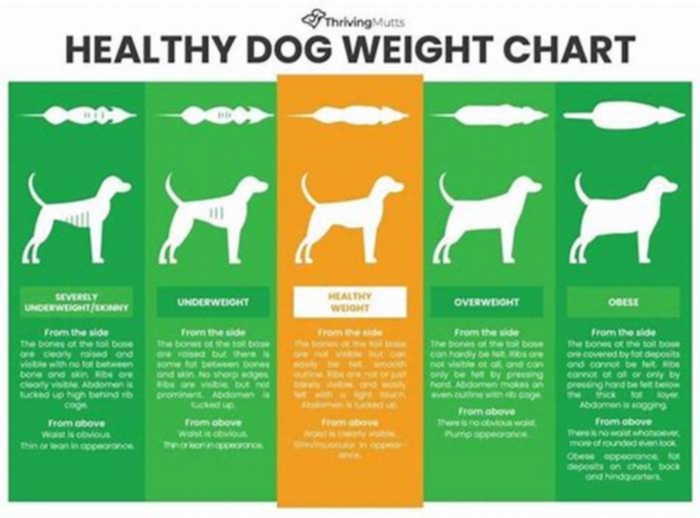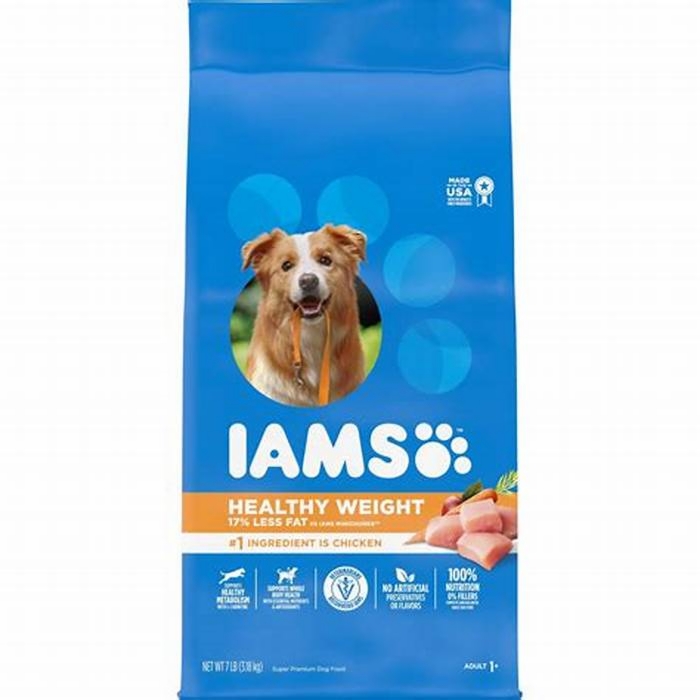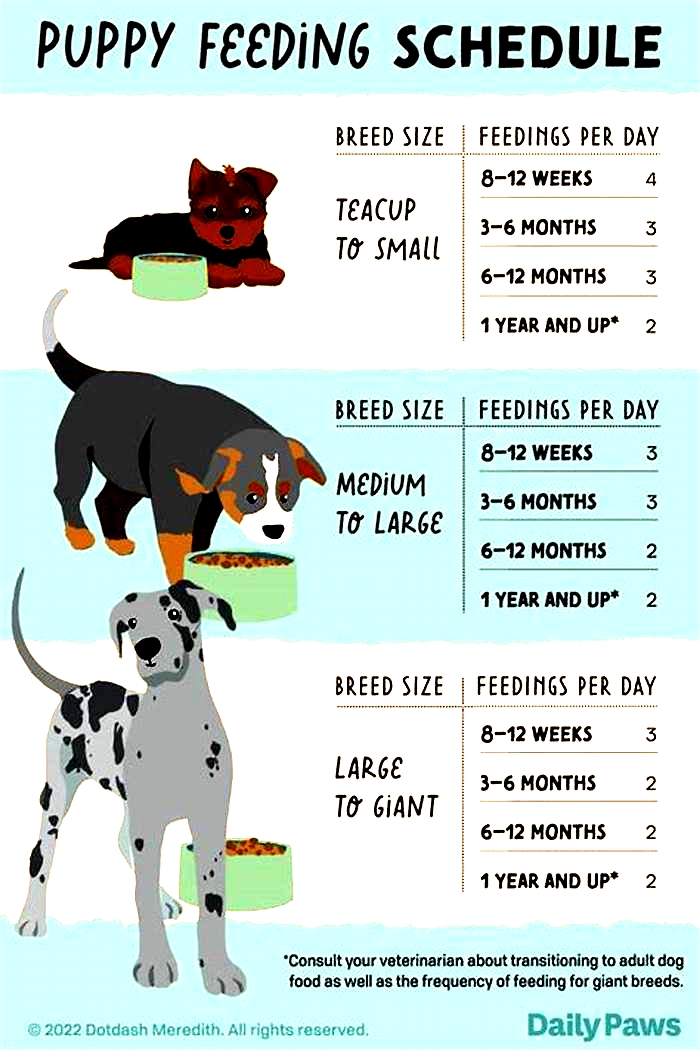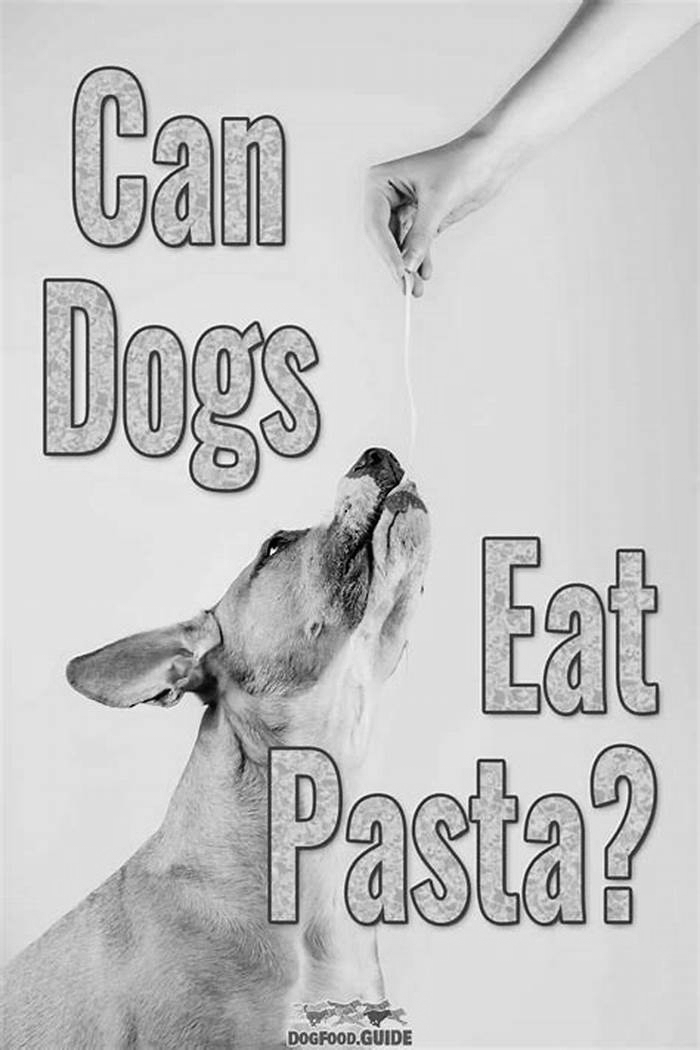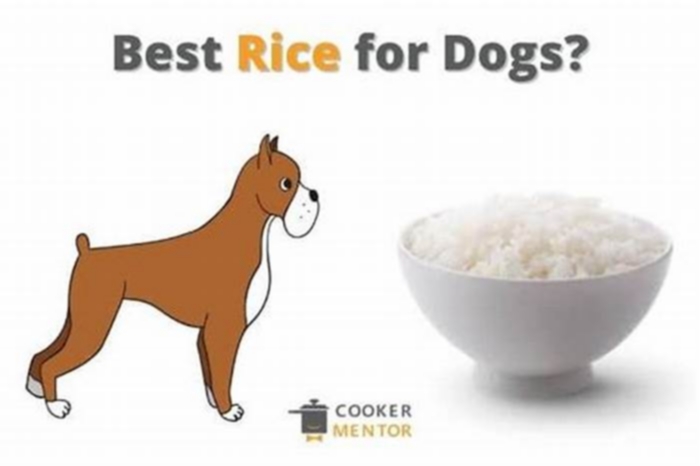What are the best fats for dogs

Fats for Dogs
Fat usually gets a bad rap, but its actually an important nutrient for dogs. Pet parents need to ensure their dogs get the right amounts and the right types of fat in their diets. This is made easier because, unlike with people, too much bad fat in a dogs diet doesnt have much of an effect on their cholesterol levels and their risk of heart attack or stroke.
Heres what you should know about the type and amount of fat dogs need.
Do Dogs Need Fats in Their Diet?
Fats are an important part of a dogs diet, but its helpful to divide fats into two types to understand their different functions.
Triglycerides
The fats most commonly found in the body and the diet are triglycerides, which are composed of three fatty acids attached to a glycerol molecule.
In the diet, triglycerides:
In the body, triglycerides:
Store energy
Store essential fatty acids
Provide cushioning
Reduce heat loss
Transport molecules
Are structural elements in cell membranes
Help conduct nerve impulses
Fatty acids
Individual fatty acids play many roles in cell structure and function. Only small amounts of fatty acids are needed in the diet, but they are vitally important. Here are a few of their most noteworthy roles:
Omega-6 fatty acids like linoleic acid and arachidonic acid promote skin and coat health.
Omega-3 fatty acids like eicosapentaenoic acid (EPA) and alpha-linolenic acid (ALA) reduce inflammation.
Docosahexaenoic acid (DHA), an omega-3 fatty acid, encourages healthy development of the nervous system and eyes.
Fatty acids can be divided into two categories: essential and nonessential.
Essential fatty acids (linoleic acid and alpha-linolenic acid for dogs) must be supplied by the diet because the body cant make enough of them on its own.
Nonessential fatty acids can be made by the body, but higher levels may be necessary at certain times of life. For example, DHA is added to high-quality puppy diets to promote brain and eye development.
Sources of Fats for Dogs
Triglycerides and fatty acids are part of a variety of ingredients that are commonly found in dog foods. Animal sources like chicken fat or beef fat provide a lot of triglycerides and arachidonic acid. Ingredients like fish oil, purified algal oil, and flaxseed oil add omega-3 fatty acids, while corn oil, soybean oil, sunflower oil, and canola oil contain primarily omega-6 fatty acids.
All of these (and other) ingredients can be healthy sources of fats and fatty acids when used in combination. Whats most important is that a dogs diet provides an appropriate level of overall fat (triglycerides), all essential fatty acids, and a good balance between omega-6 and omega-3 fatty acids.
How Much Fat Does My Dog Need?
For a dog food to be labeled nutritionally complete and balanced, the manufacturer must follow guidelines from the Association of American Feed Control Officials (AAFCO). The AAFCO minimum crude fat level for dogs is 5% for adults and 8% for puppies. The term crude fat is used on nutrition labels to note how much total fat is included in the product. The word crude says nothing about the types of fats or their quality; it simply refers to the method used to test the products fat level.
The ideal fat content of a dogs diet will depend on many factors. Growing puppies, dogs that are pregnant or nursing, very active dogs, and dogs who need to gain weight generally need higher fat levels. Dogs that are overweight, inactive, or suffer from certain types of health conditions like pancreatitis or hyperlipidemia can benefit from low-fat diets.
Talk to your veterinarian if you have concerns about the amount or types of fat in your dogs diet.
How to Calculate How Much Fat Is in Your Dogs Food
AAFCOs nutrient guidelines are reported on a dry matter basisthat is, the percentage of the nutrients if all the water were taken out.
Dry diets contain so little water that you can look at the crude fat level on the guaranteed analysis panel on the package to get a general idea of how much fat the food contains.
But if you feed wet food, youll need to do some math:
Find the percent moisture listed in the guaranteed analysis and subtract that number from 100. This is the percent dry matter for the food.
Divide the fat percentage on the label by the percent dry matter for the food and multiply by 100. The resulting number is the fat percentage on a dry matter basis.
For example, a canned food label might list its moisture content as 82% and its crude fat as 3%. To calculate the foods fat level on a dry matter basis, your calculations would be 100-82=18 and then 3/18 x 100 = 16.7% fat
Should You Supplement Your Dogs Diet With Certain Fats?
As long as youre feeding foods that meet AAFCO guidelines, you do not need to worry about adding extra triglycerides to your dogs diet. In fact, doing so can be dangerous.
Feeding dogs high-fat foods, including fatty human foods like meat trimmings, can lead to a potentially life-threatening condition called pancreatitis. And because fats contain almost three times as many calories as proteins and carbohydrates, adding extra fat to a dogs diet can lead to obesity.
On the other hand, supplementing your dogs diet with omega-3 or omega-6 fatty acids can be beneficial. Veterinarians often recommend omega-3 fatty acid supplements as part of the treatment for inflammatory diseases like osteoarthritis or allergic skin disease. Omega-3 fatty acids can also play a role in the treatment of heart disease and cancer.
Salmon oil, other cold-water fish oils, algal oils, and to a lesser extent, flaxseed oil, are excellent sources of omega-3 fatty acids for dogs. Dogs with skin problems may also benefit from omega-6 fatty acid supplementation.
Talk to your veterinarian if you have concerns about the amount or types of fat in your dogs diet.
Featured Image: iStock/O_Lypa
Essential Fats for my Dogs Diet: The Ultimate Guide
Slim fat doggy. We are a globally obsessed about the fat content of foods, limiting fats when we need to lose weight, reducing certain fats in the belief that they are bad for us. The truth is, its about balance, its about less carbohydrates and more about the quality of proteins and looking at the beautiful essential fats that our dogs require. Dogs utilise fats rather differently to us but the premise is the same, good fats equals good health.
What are fats?
The main macronutrients for health are proteins, fats and carbohydrates. Proteins and fats are responsible for many bodily functions. However, carbohydrates are a pure source of energy only and given that the dog only produces a minimal amount of amylase by the pancreas, their need for carbs is very low indeed (think beautiful vegetables here).
Fats contain 2.5 times more energythan protein or dietary soluble carbohydrate. Around 90% of dietary fat is made up of triglycerides that are made up of
fatty acidsand a
glycerol. In a fat molecule, the fatty acids are attached to each of the three carbons of the glycerol molecule with an ester bond through the oxygen atom. Heres the boring bit about classifications of fatty acids.
There are different classifications of fatty acids based on the length of their carbon chain, by the presence or absence of double bonds, the number of double bonds, the position of those bonds along the carbon chain, and by their melting point.
Fats with no double bond at all are called saturated fats. Fats containing fatty acid chains with a double bond are called unsaturated fats.
Saturated fatscontain the maximum level of hydrogen atoms possible and have no double bonds.
Unsaturated fats, some of the hydrogen atoms are missing and have been replaced with double bonds between the carbon atoms.
Monounsaturatedfats, have one double bond.
Polyunsaturatedfats, have two or more double bonds.
Polyunsaturatedfats (PUFAs) can be divided into two main groups:
Omega-6 and Omega-3. The difference between the two is where the first of the double bond occurs. Omega 3 fatty acids, the first double bond occurs on the third carbon atom. In Omega 6 fatty acids, the first double bond is on the sixth carbon atom, coutning from the methyl end.
Omega-6 fatty acidsinclude linoleic acid (LA), arachidonic acid (AA) and gamma linolenic acid (GLA).
Omega-3 fatty acidsinclude alpha linolenic acid (ALA), eicosapentaenoic acid (EPA) and docosahexaenoic acid (DHA).
What fats are essential for my dogs health?
Your dog requires both saturated and unsaturated fats but in particular balance. If that balance is out, particularly with the polyunsaturated fats, inflammation can occur and therefore, health issues arise.
It is proven that dogs metabolise up to 95% of the fats they consume even though fat digestion is more far more complex than breaking down and assimilating protein and carbohydrates.Fats are a highly digestible and accessible form of energy for doggos and absolutely essential for health.
Fats have many vital roles within the body;
- Energy production
- Development of all cells
- Neurological function
- Production of hormones
- Reproductive support
- Reduce inflammation
- Healthy skin and coat
- Nutrient absorption (such as vitamin A,D,E,K)
Lets talk about the most known and essential to health.
Omega-6and
Omega-3 fatshelp to control hormones in the body such as regulating inflammatory response and blood pressure.
Omega-6 fatty acidsproduce immune hormones that increase inflammation. Omega 6 fatty acids also help with blood clotting, brainfunction, and normal growth and development, helps stimulate skin and hair growth, maintain bone health,regulate metabolism, and maintain the reproductive system.
A diet rich in
Omega-6,can often cause skin issues and aggravate allergies, arthritis and any possible inflammatory disease.
Omega-3 fatty acidsare part of the phospholipid bilayer in the membrane of your dogs cells. This means that they help regulate cellular communication in every area of the body.
Omega-3fatty acids form a large percentage of brain matter and are the foundation of pro and anti-inflammatory compounds.
The balance between
Omega-3and
Omega-6fatty acids is an important part of a healthy immune system and balances out inflammation. A diet poor in
Omega-3can lead to chronic disease and autoimmune disease.
Findings hereA ratio of approximately 4-1
Omega-6to
Omega-3is considered optimum for a dogs diets. Many commercial dog foods contain ratios of 20-1 and sometimes ratios up to 50-1 (often seen in foods that contain high amounts of corn, naturally high in Omega-6 EFAs). This will result in an
Omega-3deficiency and a huge amount of inflammation.
If you feed your dog a commercial dog food, it will more than likely be too high in pro-inflammatory
Omega-6fats. And if you feed your dog a raw meat diet that isnt raised 100% on pasture, they too may be high in pro-inflammatory
Omega-6fats.
Sources of Omega-3 and Omega-6
Omega-3 fatty acids,ALA (alpha linolenic acid) is often found in certain plants such as flax seed, sacha inchi seed, hemp seeds, chia seeds, avocado flesh only and oysters. Although ALA foods and supplements are not a substitute for fish or algae oil, due to the high
Omega-6content also, they can be an excellent additional supplement to include in the diet and added to certain meat sources.
DHA (docosahexaenoic acid) and EPA (eicosapentaenoic acid) are often found in high levels and good ratios in fish (these have the most anti-inflammatory effect). Found in salmon, tuna, trout,cod, krill, oysters, seabass, mackerel, sardines and anchovies.
Non animal sources containing DHA and EPA are phytoplankton and marine algae oil. Although these are wonderful additions to your dogs diet, they do not contain as much DHA and EPA as fish.They therefore dont exert as much of an anti-inflammatory effect.
Fish and fish oil
Whole fish is a wonderful addition to the your dogs diet but ensuring you dont feed fish from the Pacific due to radiation, heavy metals and toxins, is essential.
Feeding small fish such as krill, sardines, anchovies and mackerel are better options because they will contain less toxins due to what they consume in the sea. Oils in this form can be found. You must not be kept for longer than 3 months and kept in a safe, cool, refrigerated place. Glass tinted bottles or air tight pumps and capsules are best. Always look for antioxidant technology or the addition of tocopherol (vitamin E 4-10 iu for 1 gram is good). Quality is key and storage is also key, not allowing the fats to oxidise and go bad is paramount.
There are many research papers on EPA, DHA and fish oil on the inflammatory response and disease.
Findings hereAlgae oil
Algae are aquatic, plant-like organisms. Algae is always a great option for dogs allergic or dont like fish. DHA and EPA are phytoplankton and marine algae oil.Although these are wonderful additions to your dogs diet, they do not contain as much
DHAand
EPAas fish so less of an anti-inflammatory effect. Algae sources are also
DHAdominant as opposed to fish that is
EPAdominant.
Phytoplankton are microorganisms that drift about in water. They are single-celled and sometimes grow in large colonies. Phytoplankton are photosynthetic (have the ability to use sunlight to produce energy). While they are plant-like with this ability, phytoplankton are not plants. However they also contain DHA and EPA and hold similar values to algae. Phytoplankton is a good option for those who want sustainable, as it can be grown in filtered water, free from heavy metals and toxicity found in the ocean.
Hemp seeds milled and hemp seed oil (Non Psychoactive)
The only plant oil rich in
Omega-3that I tend to use is
organichemp oil. We use organic as crops can be laced with pesticides. The reason hemp seed oil and hemp seeds milled are so popular and effective is because of the perfect ratio it offers of
Omega-6to
Omega-3fatty acids 3:1. Hempseed contains a lot of an
Omega 6fatty acid called GLA (gamma linolenic acid) that seems to be in perfect balance with the
Omega-3. Research shows that GLA can support production of various prostaglandins and leukotrienes (the compounds that influence inflammation and pain). Some of the prostaglandins and leukotrienes can increase symptoms, while others decrease them. Taking GLA helps support the favoured prostaglandins and leukotrienes, helping to reduce inflammation and disease associated with inflammation such as skin disorders, reproductive issues, arthritis and cancer (evidence from the American Cancer Society say theres evidence that people with cancer, diabetes and skin allergies dont create enough GLA).
Flaxseed milled and flaxseed oil
Flaxseed generally offers ratios of
Omega-6to
Omega-3fatty acids 1:4. It is high in
Omega-3and mostly only paired with chicken (not wild poultry) due to this ratio. It does contain phytic acid, a non nutrient proven to strip the body of minerals. However, amounts given would need to be extremely high and consistent and like anything in life, we always suggest variety. Flaxseed does however contain lignans, a phytonutrient that has shown evidence in rats as improving cardiovascular health, reproductive health and may help fight cancer. Flaxseed is beneficial when balanced with the right foods (chicken mostly) and given in low levels for inflammatory conditions.
Findings hereCoconut oil
We wanted to pop coconut in here as many of you ask, if this is suitable for their dogs diet. While coconut oil contains medium chained triglycerides and 50% lauric acid (researched as mostly beneficial), it ultimately contains over 80% saturated fat. To put it into perspective butter contains 63% saturated fat and lard contains 39% saturated fat.
Relatively recent research shows that the source of fat your dog eats can increase or decrease the amount of endotoxins (a toxin present inside a bacterial cell that is released when it disintegrates) in your dogs blood. While fish oils reduced the amount of endotoxin, coconut oil increased the amount.
Findings hereIf we do feed coconut oil, it has to be raw and organic. Amounts of phytic acids in coconut oil is nominal and although there are some distinct health benefits, we only advocate as a treat, as limited research is mixed. This fat by no means balances out your dogs dietary fats and should not be used as a main staple.
How to pair fats with your dogs food
If you are feeding fresh and home cooked or raw food, this guide will be helpful.
However, if you feed dry food and a common brand from the vet or on the supermarket shelf, then I imagine you need to add a good source of fish or fish oil to attempt to balance the
Omega-6to
Omega-3. We urge you to feed a fresher food that contains lets carbohydrates.
Beef, lamb and goat meat (compared to venison and other wild ruminants) are high in saturated fat, low in polyunsaturated fats and low in omega-3 fats. The foods/supplements most suitable in balancing the fats in beef, lamb and goat are whole fish, fish oil, hempseed oil and phytoplankton.
Chicken (in comparison to game poultry such as duck) is lower in saturated fat, slightly higher in PUFAs but much lower in
Omega-3fats. PUFAs in poultry are very high but one can add whole fish such as sardines or phytoplankton and theyll help to balance the
Omega-6fats. Hemp oil isnt as well suited in this case as it is also high in
Omega-6.
Recommended approximate amounts of fats to feed your dog
Whole Fish
Can be fed with ruminants (lamb, beef, goat and venison) and poultry.Feed 28-30 grams of fish per 450 grams of ruminant. Feed 112-120 gramsfor every 450 gramsof poultry.
Fish Oil
Can be fed with ruminants (lamb, beef, goat and venison) and poultry..
Must be made from sardines, mackerel or anchovies. There will be less toxins and only mostly fed from phytoplankton.
Phytoplankton
Can be fed with ruminants (lamb, beef, goat and venison) and poultry.
Follow instructions on the phytoplankton you purchase as they frequently differ in volume.
Hempseed milled
Can be fed with ruminants (lamb, beef, goat and venison) only, NOT poultry.Feed 4-6 tsp per 1kg of food.
Hempseed oil
Can be fed with ruminants (lamb, beef, goat and venison) only, NOT poultry.Feed up to 1 tsp per 5kg of weight
Coconut Oil
Safe (within reason) to give but do not use it to balance fats. Give as a treat or use to pop in a pill inside.
Feed up to maximum 1 tsp per 5kgbody weight as a treat
Flaxseed Oil
Feed with poultry only.Feed up to 1 tsp per 10kg body weight
We hope this guide has helped you as we get asked these questions all of the time. As always, we are here to help, if you want to check out our services, click the link:
ConsultationMPN Team x

